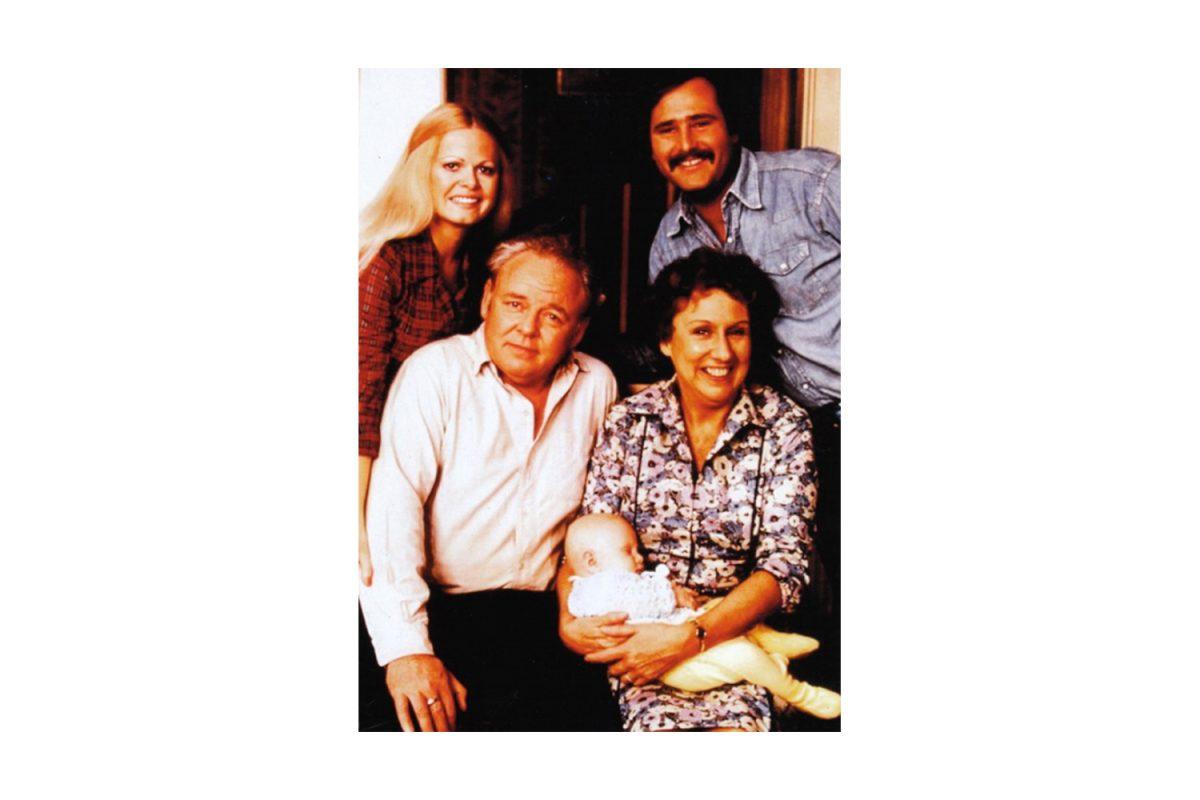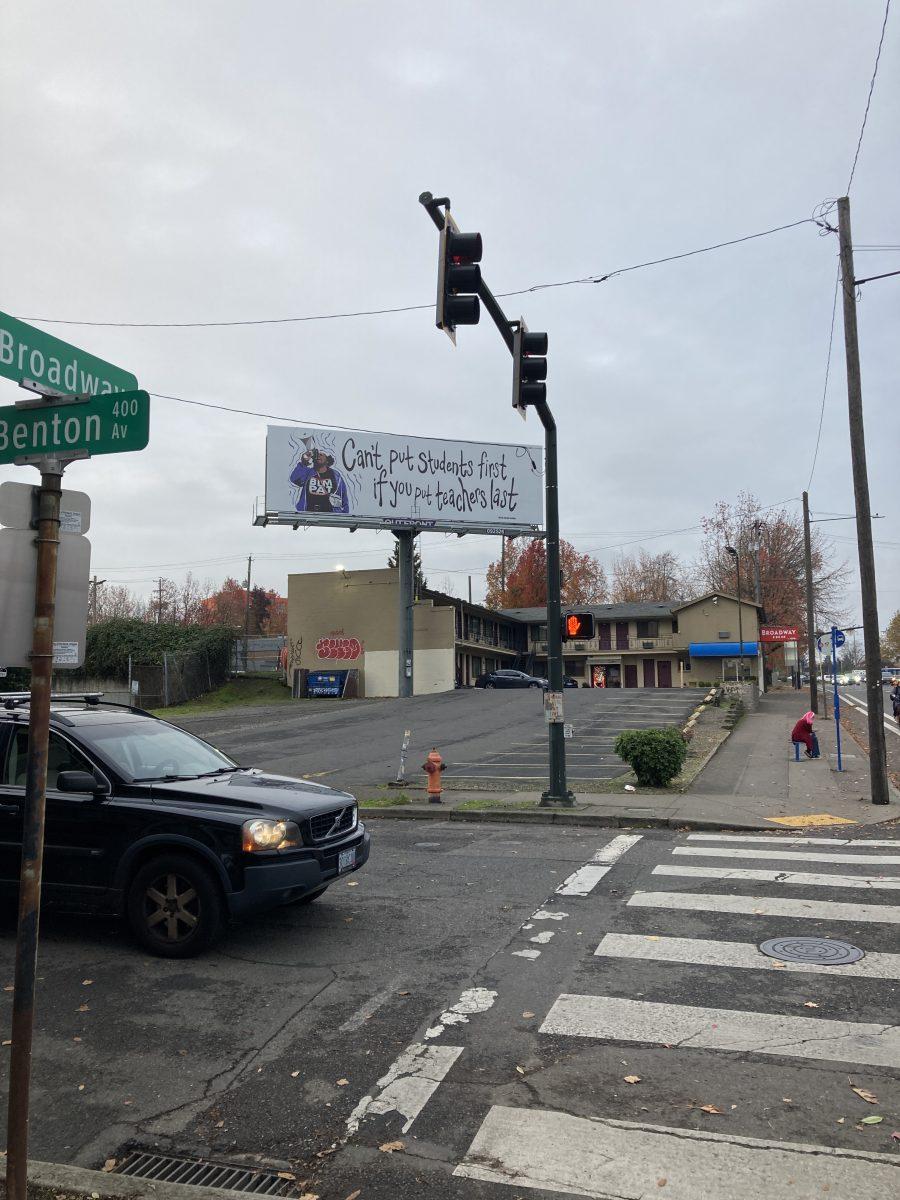As the Omicron variant fuels a rapid rise in COVID-19 cases, the prospect of a return to virtual learning for Grant students becomes ever more likely. Three Portland high schools are already there: Starting on Monday, Jan. 10, Cleveland and McDaniel will transition to online learning and remain virtual at least through Jan. 14. Roosevelt will go virtual a day later.
Portland Public Schools (PPS) attributed their decision to the three schools having the highest rates of staff absences and issues associated with the ongoing pandemic.
The PPS COVID-19 dashboard showed that Cleveland had 84 students and 8 teachers out of school due to either a positive COVID-19 test or a potential exposure as of Jan. 10. McDaniel had 26 students and three teachers isolated or quarantined, and Roosevelt had 35 students and two staff out.
PPS says that due to the surge in cases, the data presented in the dashboard is more delayed than usual.
Staff absences have been a significant issue for schools as teachers wrestle with burnout and are forced to isolate due to COVID-19.
On a districtwide level, 431 staff called out on Thursday night for the following day. A shortage of substitutes meant that 175 of those positions were left unfilled.
The lack of substitutes isn’t unique to PPS. According to an EdWeek Research Center national survey, over 75% of district administrators and school principals said they were having a hard time finding enough substitutes to cover for absent teachers this year.
Each day, Grant administrators scramble to find teachers to fill in for their absent colleagues. On Jan. 7 alone, 20 teachers were out and only 12 of those positions could be filled by substitutes, leaving eight that other Grant teachers had to cover. An email sent by a Grant secretary showed that three classes were still without teachers 20 minutes after school started.
Mykhiel Deych, an English teacher at Grant, says that the amount of class coverage needed is unprecedented. “In nine years of teaching, I’ve seen this kind of an email, of sub coverage needed, maybe five times total, and now I’m seeing it every day.”
On Jan. 6, the day the closures at Cleveland and McDaniel were announced, the district sent an email to parents detailing the protocols for determining whether a school needs to transition to virtual learning. Decisions will be made based on quarantine numbers, positive cases and staffing vacancies.
Russell Peterson, a Grant social studies teacher, says the email was long overdue. “This information would have been helpful to have before winter break.”
Grant students are left wondering if and when they’ll be moved back online. Senior Frances Currie says something needs to be done to protect students and staff. “I don’t think we should stay online for a long period of time, but we either need to go online or require vaccination,” she says, “As long as Omicron is around, PPS is putting Grant students and teachers at risk.”
Currie has also noticed high rates of absences in her classes. “Most of my classes have been half-full,” she says.
As of Jan. 10, Grant has 44 students and 7 staff isolated or quarantined.
Minami Powers, a senior, stayed home from school on Jan. 7 because of COVID-19 risk. They say that even though online school has its disadvantages, Grant needs to make the transition to virtual learning to prevent even more cases as the Omicron variant is expected to spike in the coming weeks.
“I’ve been quite stressed at school because of COVID, and online school has its other parts that are stressful, but it would at least take the whole part out where you’re not worried about dying or having other people die,” Powers says.
“I think that as long as they have the staff and the capabilities to keep people safe in-person, that would be the most equitable, and if they do do anything, they need to give advance notice,” senior Jordan Galloway says.
The closures at Cleveland, McDaniel and Roosevelt could mean that staffing shortages at Grant and other schools are alleviated. With fewer schools in-person, more substitute teachers would be available for campuses that are till open.
Peterson hopes that the closures helpwith sub shortages enough to keep other schools open. “Rolling and staggering closures keeps students safe while also trying to keep schools open,” he says, “It’s the best solution to a really ugly problem.”
Despite the potential help, the threat of virtual learning looms, and to many, it appears more and more likely that Grant will make the transition soon. “I think we’re going to go online,” junior Karsten George says, “I like learning from the comfort of my house, but I would miss the social aspect of school.”
















































